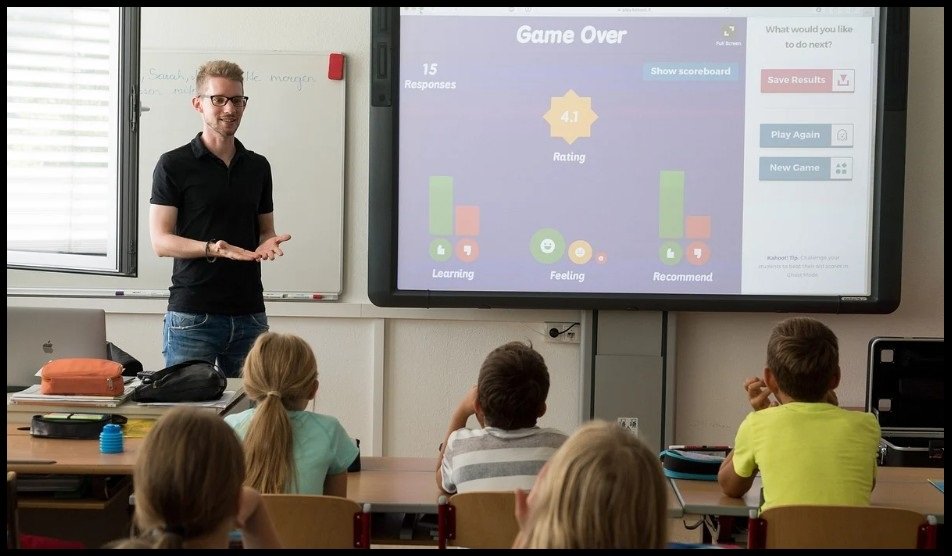As education continues to evolve in response to the demands of the 21st century, a groundbreaking concept is emerging at the forefront—classroom 15x. This transformative approach represents more than just changes in classroom setup; it marks a significant shift in how learning is delivered, understood, and experienced. Classroom 15x emphasizes interactive, flexible, and student-centered learning environments where technology and critical thinking play central roles.
In this article, we explore the essence of classroom 15x, its advantages, strategies for implementation, and how it’s revolutionizing both teaching and learning.
What is Classroom 15x?
The term classroom 15x is symbolic of a learning environment designed to amplify student potential fifteenfold through innovative educational strategies. This model promotes a radical rethinking of how classrooms function, moving away from traditional lectures and rigid seating toward dynamic, engaging spaces where students are active participants.
Core Features of Classroom 15x:
-
Flexible Learning Spaces: Desks are no longer bolted in rows. Movable furniture allows students to collaborate in groups or work independently, depending on the activity.
-
Blended Learning Models: Combining in-person teaching with online resources enables learners to access materials anytime, enhancing understanding and catering to different learning styles.
-
Technology Integration: From smartboards to tablets and educational platforms, technology becomes a key tool to enhance learning, rather than a distraction.
-
Critical Thinking Focus: Instead of memorizing facts, students are encouraged to analyze, question, and solve real-world problems.
-
Student-Centered Learning: Teachers act as facilitators while students take charge of their own learning paths, fostering autonomy and responsibility.
Benefits of Classroom 15x
Implementing the classroom 15x model can offer numerous benefits to students, educators, and educational institutions as a whole. Here are the major advantages:
1. Increased Engagement and Motivation
Interactive tools and freedom of movement help students stay engaged. When learning becomes enjoyable and relatable, students are naturally more motivated and focused.
2. Enhanced Collaboration Skills
Group-based learning is a staple in classroom 15x. Students learn to work in teams, communicate effectively, and solve problems collectively—skills highly valued in modern workplaces.
3. Supports Different Learning Styles
Every student learns differently. Some absorb knowledge visually, others through hands-on activities. Classroom 15x addresses this by integrating diverse teaching methods and resources to suit various needs.
4. Better Information Retention
By involving students in active problem-solving, hands-on projects, and real-life applications, knowledge retention improves significantly compared to passive learning methods.
5. Career Readiness
Today’s employers seek adaptable, tech-savvy individuals who can think critically and collaborate effectively. Classroom 15x helps build these foundational skills early, better preparing students for future careers.
How to Implement Classroom 15x
Transitioning to a classroom 15x environment requires thoughtful preparation and strategic execution. Here are five key steps educators can follow:
1. Rethink Physical Layout
Design learning spaces to allow flexibility. Use modular furniture that can be easily rearranged for group work, presentations, or independent study zones. Consider zones for reading, tech use, or creativity.
2. Integrate Technology Purposefully
Use digital tools to support—not replace—learning. Learning management systems, digital collaboration platforms, and educational games can enhance lesson plans and increase student participation.
3. Design Inquiry-Based Lessons
Shift from content-heavy lectures to project-based and inquiry-driven learning. Pose real-world challenges that require research, teamwork, and innovation to solve.
4. Promote a Growth Mindset
Encourage students to view mistakes as learning opportunities. Teach resilience, persistence, and the importance of feedback. A growth mindset nurtures lifelong learners who are not afraid of challenges.
5. Build a Classroom Community
Strong relationships create a safe space for learning. Foster trust among students, engage families in the learning process, and promote open communication.
Challenges of Classroom 15x
While the concept is promising, adopting classroom 15x may present some hurdles:
-
Resistance to Change: Some educators, students, or parents may be hesitant to let go of traditional teaching models.
-
Budget Limitations: Redesigning classrooms and incorporating technology can be expensive.
-
Training Requirements: Teachers must be trained to effectively use new tools and teaching methods.
Despite these challenges, the long-term benefits far outweigh the initial investment. A gradual rollout with clear communication can help ease the transition.
The Future of Education: Classroom 15x
As the world becomes more digital, interconnected, and fast-paced, the education system must evolve in tandem. Classroom 15x is not a temporary trend; it is a necessary progression toward more inclusive, engaging, and effective learning.
By embracing this model, we empower students to become active learners, creative thinkers, and confident individuals ready to contribute to a changing world. Educators play a critical role in making this vision a reality by fostering environments where learning is both meaningful and transformative.
FAQs about Classroom 15x
Q1: What does “15x” stand for in classroom 15x?
A: The “15x” symbolizes a fifteenfold amplification of learning effectiveness through enhanced engagement, flexible learning, and integrated technology.
Q2: Is classroom 15x only about technology?
A: No. While technology plays a key role, classroom 15x is also about redesigning spaces, promoting student-centered learning, and developing critical thinking skills.
Q3: Can classroom 15x be used in all grade levels?
A: Yes. The principles of classroom 15x can be adapted for elementary, middle, high school, and even higher education settings.
Q4: How can schools afford the transition to classroom 15x?
A: Implementation can begin with small, budget-friendly changes like rearranging furniture or using free digital tools. Grants and community partnerships can also support larger transformations.
Q5: How does classroom 15x improve student outcomes?
A: Through active learning, better engagement, and real-world applications, students retain more knowledge, perform better academically, and are more prepared for future careers.






